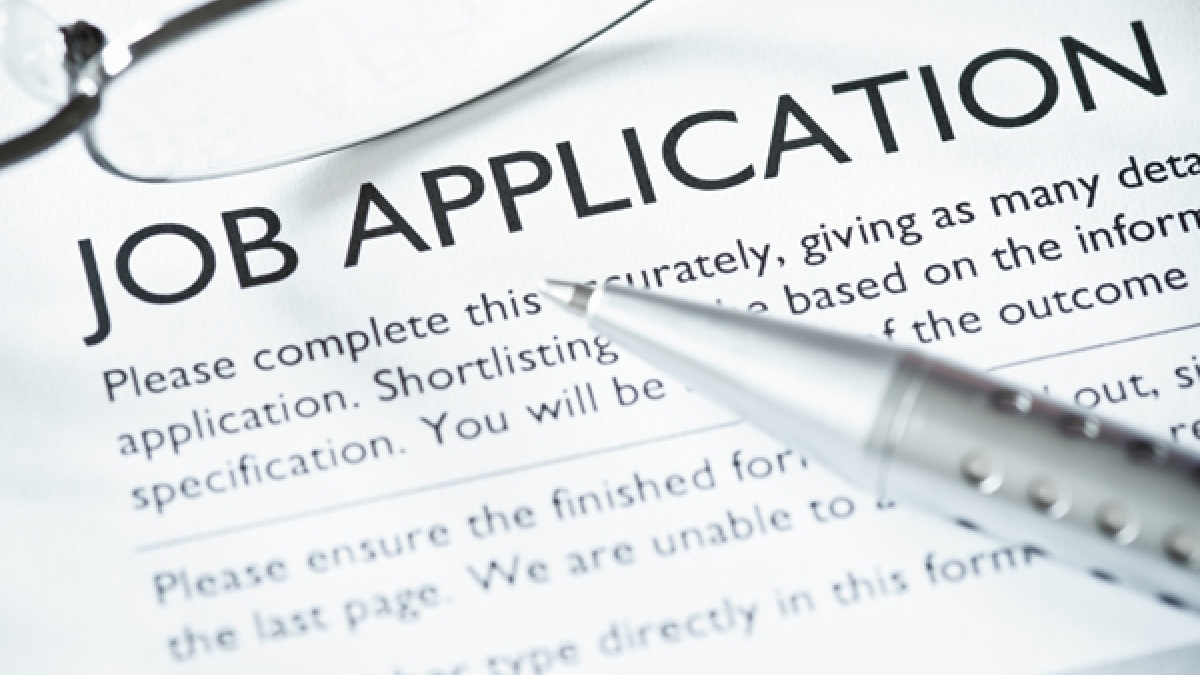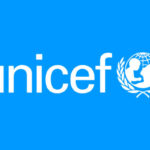Candidates seeking for employment usually respond to vacancy advertisement. The mechanism for such response is via a letter seeking for employment. This letter is called a cover letter, is a correspondence or document that explains why an applicant (sender) is the best person for a job. Typically, a one-page document, it is sent along with a resume to a prospective employer. This letter is sometimes sent in response to an advertisement of a vacancy and on some occasions just to market a candidate or solicit for employment .
According to Wikipedia.com, a cover letter, also known as covering letter, letter of motivation, is a letter of introduction attached to, or accompanying another document, such as a resume or curriculum vitae. Furthermore, there are two broad categories of cover letters, namely :
Letter of Application: where the applicant applies for a specific, advertised opening .
Letter of Inquiry: where the applicant expresses interest in working for an organization, though he doesn’t know if there are any vacancies.
Essence of a cover letter
A cover letter is designed to be similar to a sales pitch, where the applicant is the commodity. It needs to be functional, aimed to add value, realistic, and yet attractive to hire .
An introductory letter or cover letter is usually the first major professional or official contact between an organisation and a prospective employee. More often than not it provides an opportunity for a first impression and a basis of opinion. As such, this letter needs to be carefully written. Indeed cover letter is often the first step or tool used in shortlisting candidates. Further, uwecareerservices.org states “The purpose of the cover letter is to introduce yourself to an organization, demonstrate your interest in the company or a specific vacancy, draw attention to your resume and motivate the reader to invite for an interview.”
As it is with every document and or correspondences, there are rules, regulations and norms as regards letters of introduction, proposal for consideration as a staff and or cover letter. Some of the items to avoid in a typical cover letter are : –
- do not repeat verbatim what is written in a resume and avoid making false claims about your skills, abilities and competencies. Furthermore,
- do not use the same cover letter for all applications and also avoid writing a cover letter that is longer than a page. Be concise, precise and yet explanatory enough to win an invitation for an interview or aptitude test .
Indeed, there are some issues as well as styles that are unique and known to be useful in attracting attention when covered in an introductory letter. These items include:
- personalize the letter, professionally. If you do not know the name of the HR Manager or Hiring Officer, you can start the letter with: Dear HR Manager or just Dear Sir/Ma;
- research about the company, the vacancy you’re applying for and communicate that in your letter clearly;
- explain why you are a good fit for the position. This could be as a result of your key achievements, skills or educational qualification;
- provide contact information on how you can be reached e.g email, telephone and physical address; and finally,
- proof read your letter severally, to ensure there are no typographical errors and no unnecessary information is included in the letter.
Cover Letter Structure
The cover letter, like most letters, is usually designed along three sections, namely, introduction, main body and closing.
Introduction:
This should cover your interest in the role being applied for, how it ties into your career objective. You may also indicate how you learnt about the vacancy .
Main Body:
The body of your letter should communicate your understanding of the role, and how your qualifications, skills and competences, make you the right candidate for the job. You need to sell your abilities in a measurable, convincing and professional manner, in response to the job description or requirements; so the reader becomes interested in what you have to offer and thus become willing to shortlist you .
Conclusion:
In conclusion, let the reader know that you are grateful for the opportunity to apply for the job, and would look forward to interviewing opportunities in the shortest time possible. Also, include your contact details and let them know you will follow up on this discussion in due course. Finally, end the letter professionally with “Yours Faithfully,” and your signature above your full name.
Cover Letter Design
It is important to design a cover letter that is professional, clear and easy to read. To this end, the applicant should note the following, while preparing a cover letter :
Fonts: According to theinterviewguys.com, the applicant is advised to stick to classic fonts, such as Century Gothic, Arial, Verdana. The font size to use should be between 10.5 – 12 points .
Margins and Spacing: Set your margins at one inch on all sides .
Length and Spacing: Ensure your cover letter fits into one page, as is easy on the eyes, when reading. Avoid lengthy passages or sentences. Be brisk and straight to the point.
Readers should please look up the sample of a cover letter on dailytrust website under this columnist.
“My Lord! Enrich me with knowledge…” (Quran 20:114)
For the Lord Gives wisdom; from his mouth come knowledge and understanding (Proverbs 2:6)




